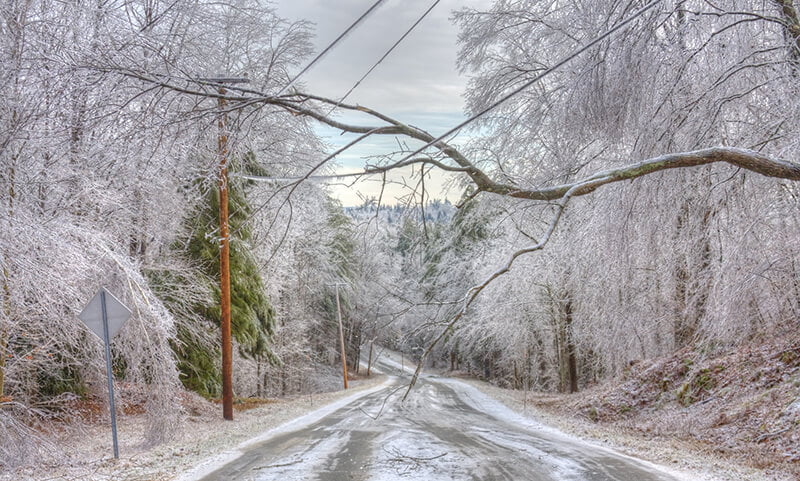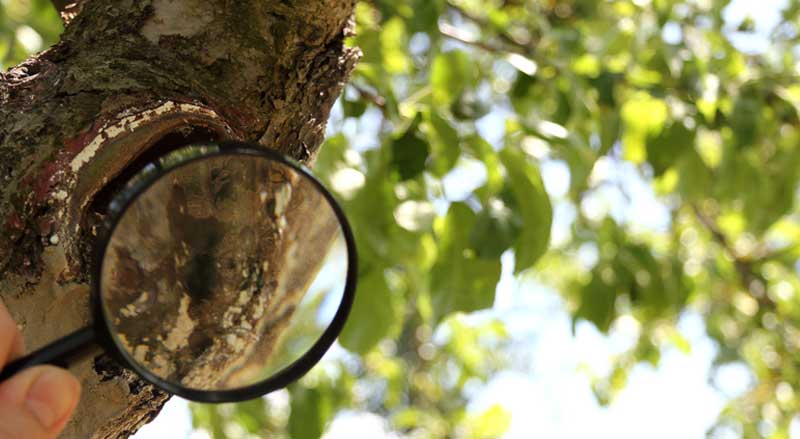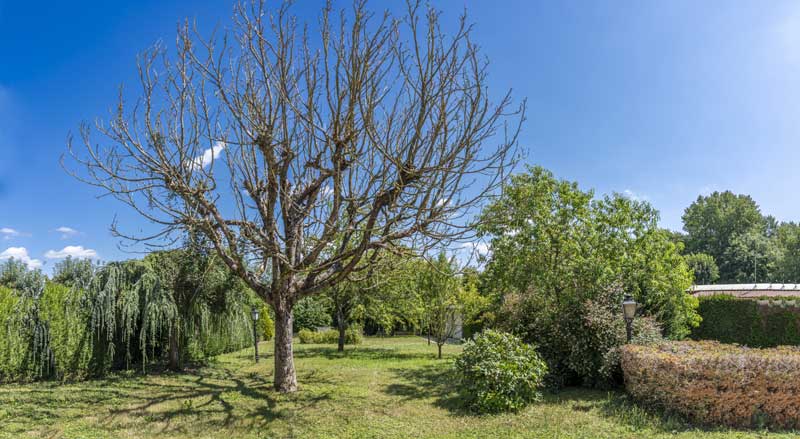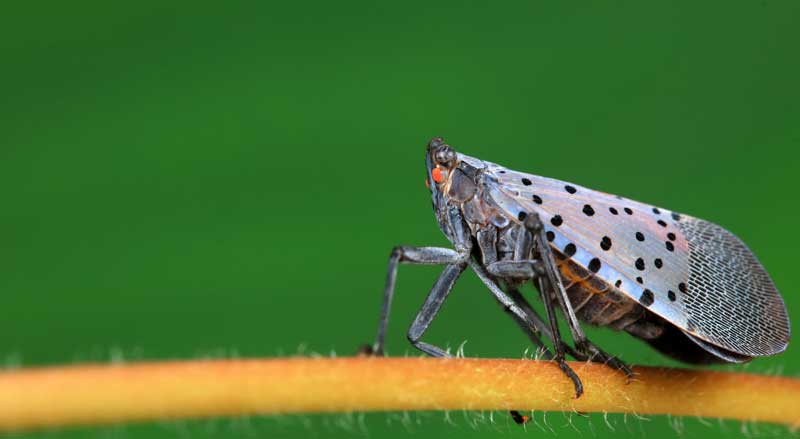Trees are susceptible to damage from heavy snow and harsh ice in winter. The weight of snow and ice can easily break branches and harm the health of trees. Be proactive about tree care and learn to prevent, recognize, and fix winter tree damage.
Most people do not enjoy the cold, winter months. And frankly, neither do our plants. That is why greenery goes dormant for the winter. Once the temperature drops, all blossoms and leaves disappear.
Plants have the right idea to bury themselves beneath the dirt until spring arrives. Unfortunately, our trees do not have this option.
Trees bear the cold and elements of winter year after year. And sometimes they suffer from the unavoidable damage that snow, ice, and high winds bring.
To a certain extent, some winter harm is normal. The good news though is you can prevent and fix the normal wear and tear of winter on your trees.
And the best way to keep your trees safe is by knowing the signs of tree damage. That’s why we have broken down a guide on how to prevent, recognize, and fix your winter trees.
Preventing Winter Damage to Trees
Preventative care is key even with trees. The most important way to prevent tree damage is proper preparation for winter.
Pruning and Trimming
Always prune and trim your trees for the best protection. Trees that are not pruned or trimmed will have more opportunities to capture snow and ice during storm season.
As with most things in life, timing is everything. The most common mistake people make is pruning trees in the fall. Pruning and trimming encourage new growth instead of dormancy. This can be a problem when your trees have very little food or water during winter.
Maintaining your trees is also a safety factor for both your home and your family. Overgrown trees have branches which can damage your home or that of a neighbor’s.
Snow and Ice Accumulation
During winter, pay attention to the amount of snow accumulating on your trees. There is little you can do about ice, but if you see large icicles forming, gently knock them off with a broom.
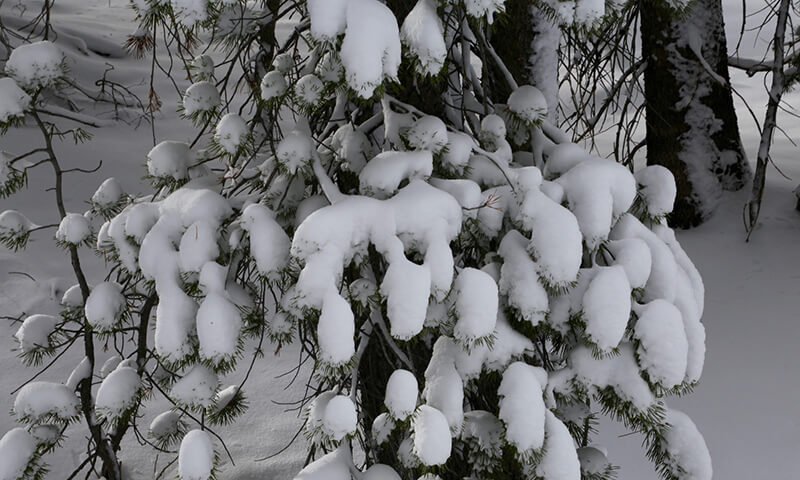
Both snow and ice van be exceptionally heavy. If you start to see the branches of your trees bow toward the ground, your tree could be in danger. Call a professional to make sure the tree’s limbs do not start to crack. Oftentimes the free estimate is worth the call.
Wrap with Care
If you have younger trees, you may want to wrap the base of the tree to protect the new bark. This is only necessary for small trees that you may have planted recently. Younger trees tend to split under heavy snow.
How to Recognize and Fix Winter Damage to Trees
Knowing all the telltale signs of tree damage can help you find the right care. Acting immediately is the only way to stop further problems from surfacing. It is also the only way to save the life of your tree.
Broken Branches
The most common damage to look out for is broken branches. The good news is this one is usually easy to spot. If a branch breaks, it juts out at an unnatural angle.
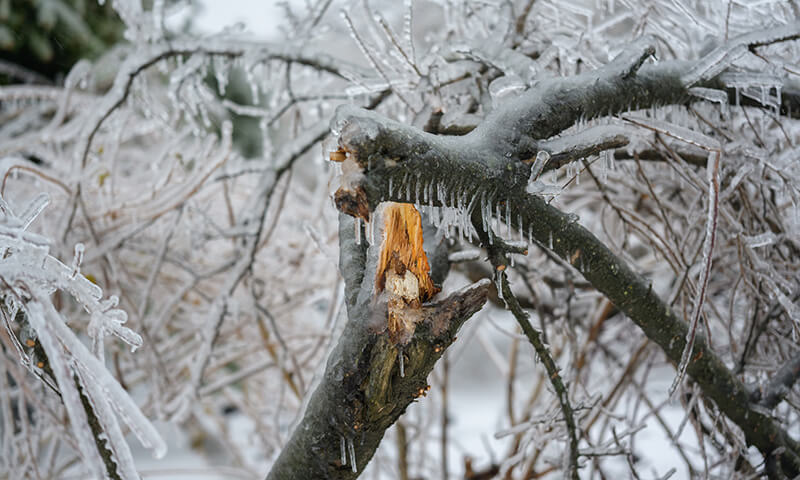
Most trees can lose a few branches. But trees that lose a significant number of branches can go into shock or die.
When trees are significantly damaged from winter, they can be dangerous. Being able to determine which trees will fall in bad weather can help prevent major damage to the surrounding areas.
Inspect the size of broken branches and where they are located. Keep safety in mind always. If someone can get hurt – remove the branches as soon as possible.
If the branches are small and not over a structure, don’t worry about them until late March. Once pruned in the spring, they can return healthy.
If it’s a large branch or in a highly trafficked location, have it removed for safety. A tree service will cut back the branches to make sure the tree can grow back healthy.
It is not enough to allow potentially harmful branches to break off on their own. At-risk trees should be trimmed immediately to get them in safe and healthy condition.
Trees Unlimited provides complete tree pruning services in NJ. Going with a professional gives you ease when it’s a bigger job than you expected.
Frost Damage to Trees
One of the major concerns during winter is frost damage. Recognizing frost damage is imperative to the life of your trees. The most obvious sign of damage is when your foliage turns a brown or black shade.
Although this could delay new growth, with a little help your tree will recover. Like broken branches, once pruned, new foliage will grow in the spring.
Pest Inspection
Although winter is a dormant time for many, there are some tree pests that just never seem to quit. These can include types of mites, aphids, and moths.
Another important sign of damage to look out for is rodent damage. Most people forget about this one, but it can cause significant damage to your tree if left untreated. It is easy to notice, but you must give your trees a good close-up look.
Signs of rodent damage include missing tree bark, bites, or claw marks. Remember to look at the trunk and the exposed roots of your trees.
Spring Could Reveal Winter Damage in Trees
As the temperature warms up, keep an eye on your trees. Pay attention to whether leaves are growing, and branches seem strong.
Look out for any areas of leaves that are showing signs of discoloring or wilting. Those leaves are probably growing on damaged limbs. If limbs are dragging, dry, or browning, you will need to cut the damaged areas away.
Inspect the base of your trees, as well. If you find mold or tree fungus growing, it could be that the trees are too moist following the winter. If trees start to develop rot, you will need to cut it out for the tree to continue to grow in a healthy way.
Finally, don’t forget to look at your tree’s leaves. If you find the leaves mottled and brown, this could point to a pest infestation.
Get that treated as soon as possible for the health of your tree. Pest infestations can move quickly and can cause damage.
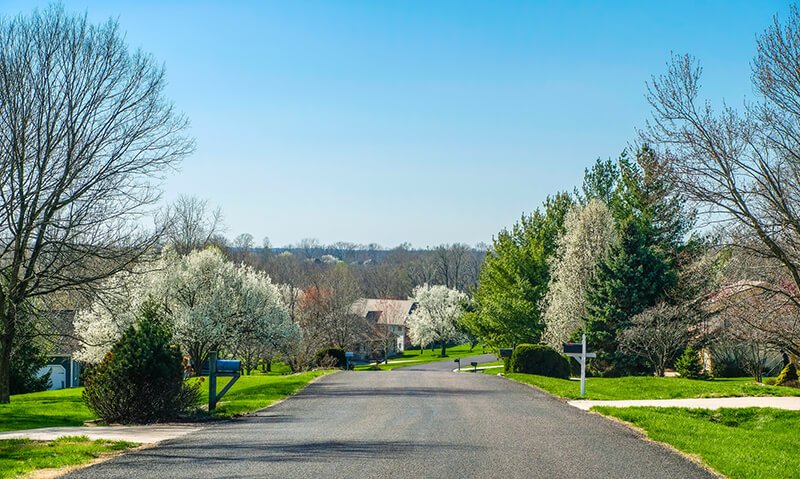
Spring will reveal most of the issues that trees have encountered over the winter. Learn the essentials of spring tree care and address these issues before the summer months. As trees continue to grow leaves in spring, their weight will increase. Damaged areas could be a weighty issue.
Trees have survived many winters. But that does not mean that they are invincible. A tough winter wind can defeat even a strong branch. Or a crack from ice buildup could be the last straw for a mature trunk.
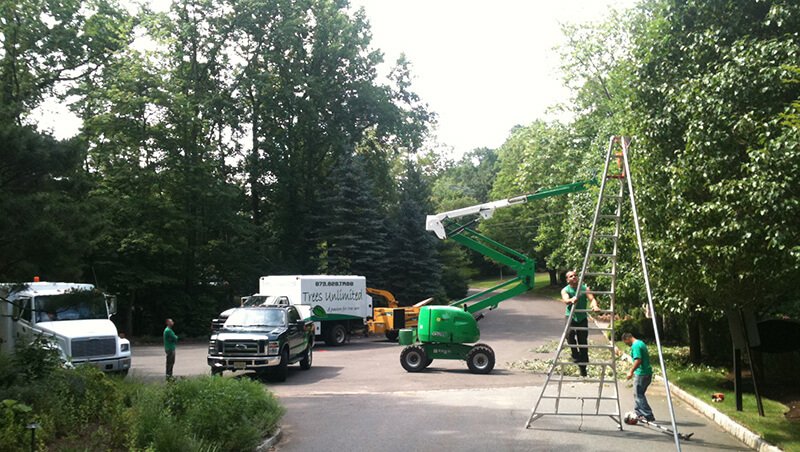
To keep your trees healthy and strong, they need to be tended to. For more information about tree care, contact the tree experts at Trees Unlimited NJ. Schedule a consultation with our team of professionals today.

